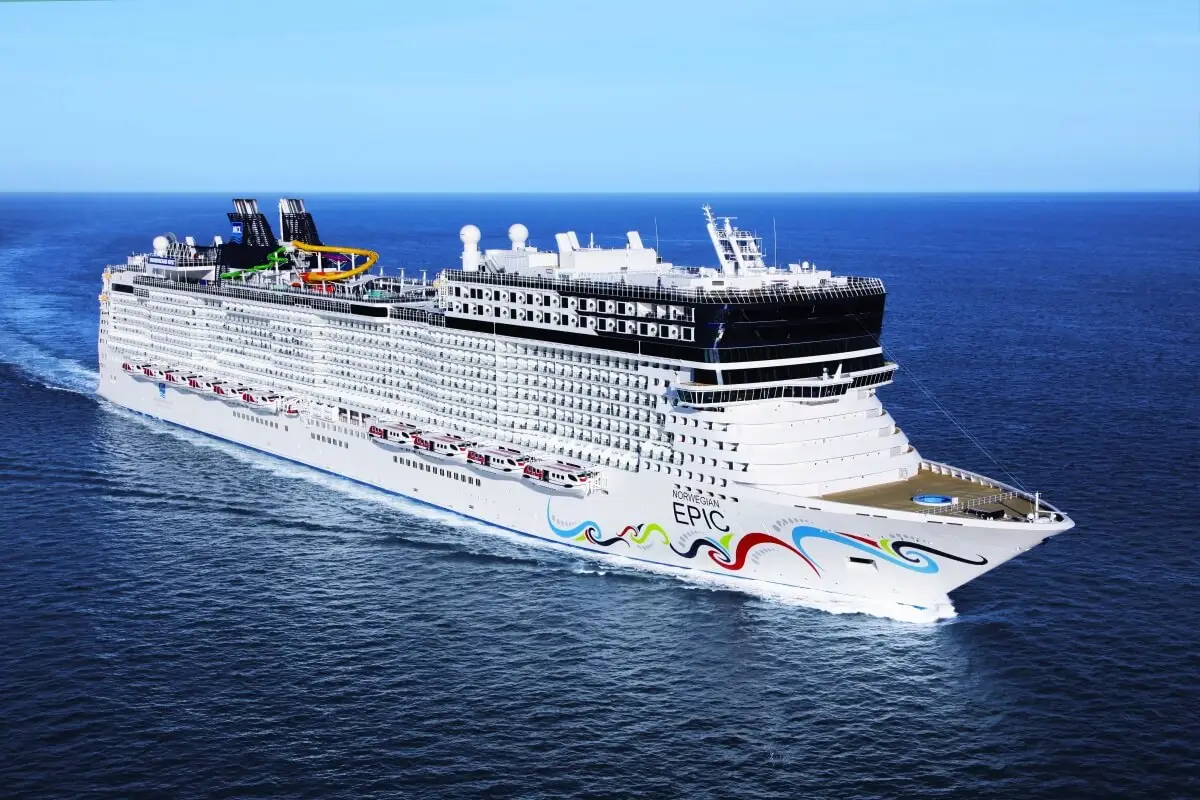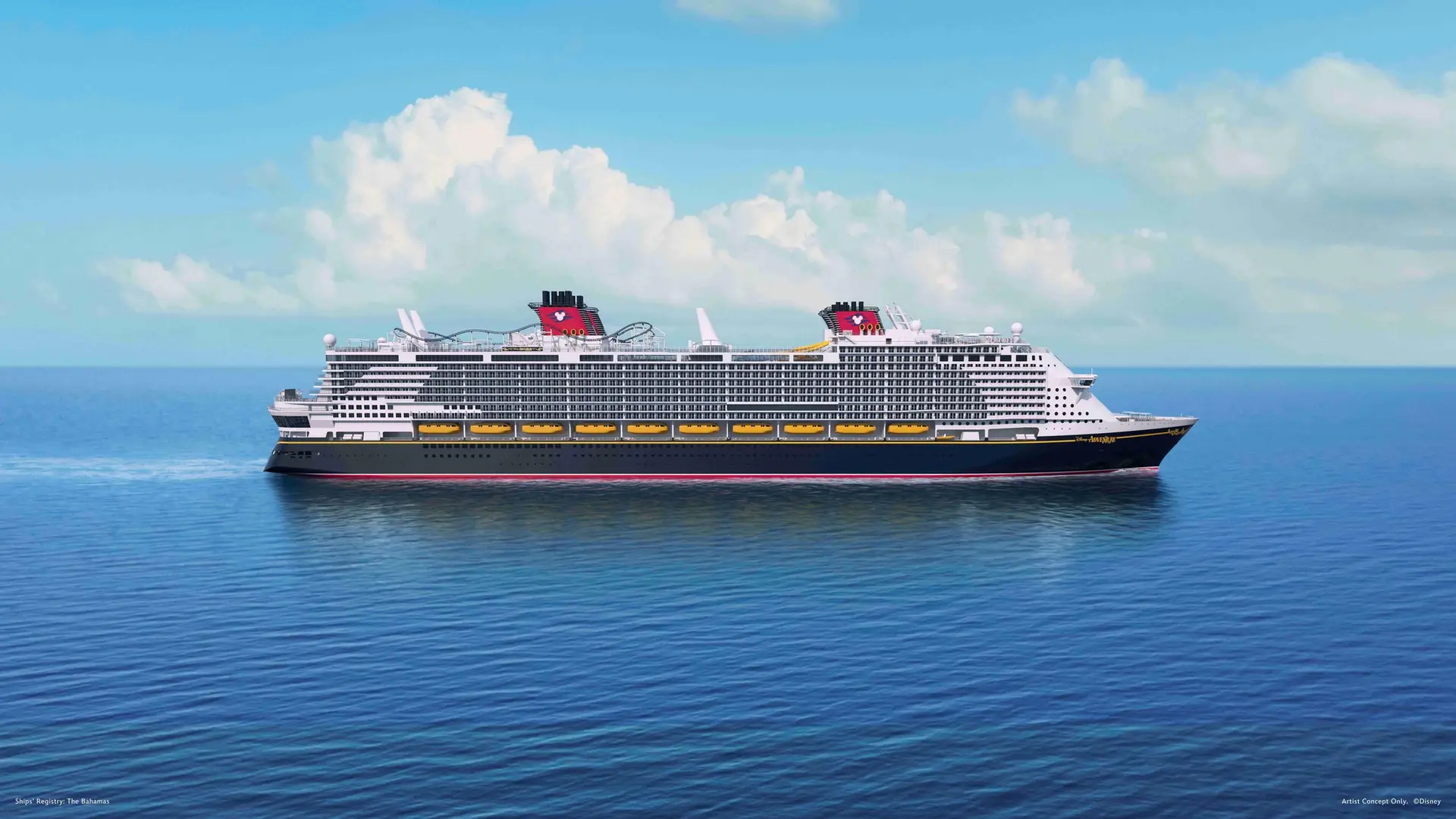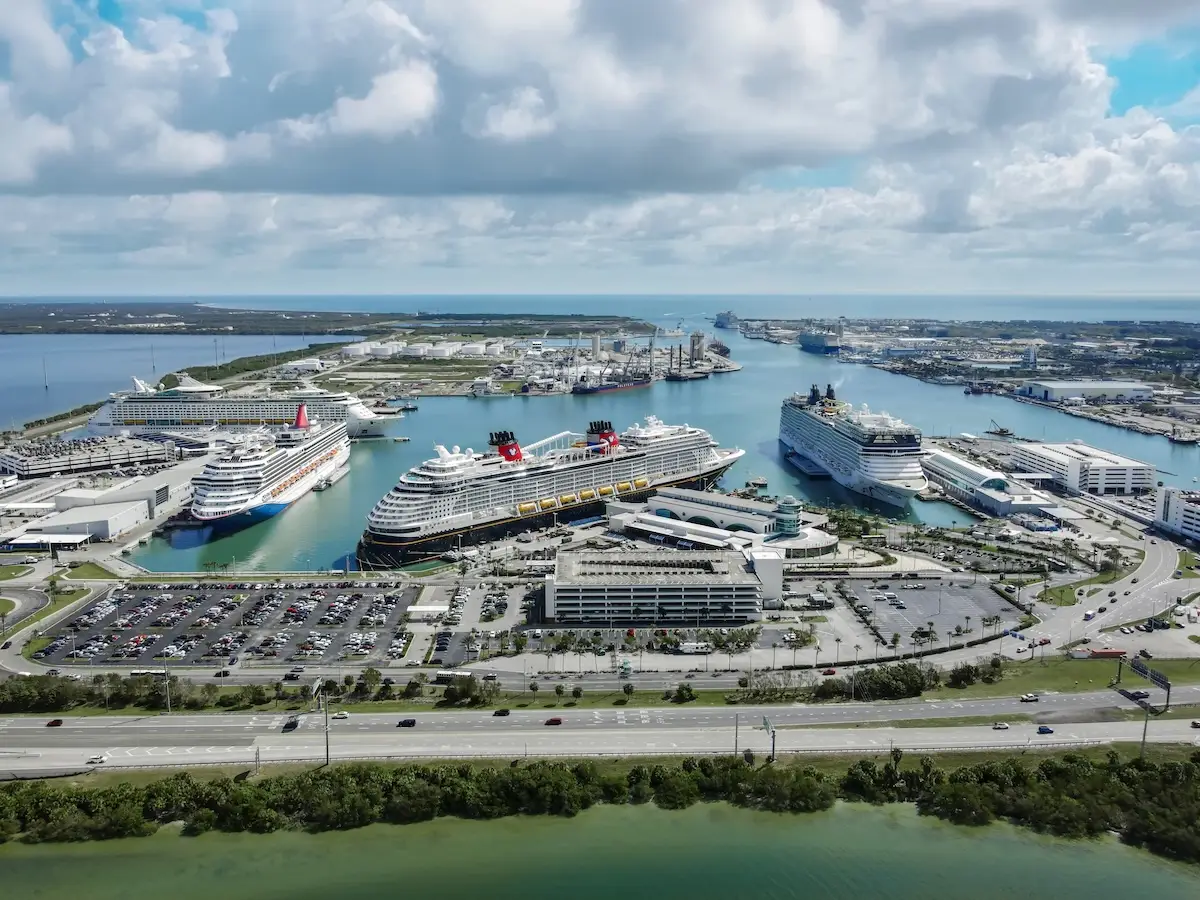The cruise industry is changing fast. For years, megaships with water parks, endless buffets, and Broadway‑style theaters were the symbol of seagoing vacations.
Now, more people are turning to smaller ships that carry fewer than 1,200 guests.

These vessels offer a different kind of travel: personal, flexible, and full of access to places the giants of the sea cannot reach. Travelers describe it as a quieter revolution in cruising, one that feels closer to boutique hospitality than mass tourism.
Entertainment also adapts to different settings: whether at home or even on a voyage, people look for small, accessible diversions such as Social casino in US, and the same taste for variety is reflected in the rise of small‑ship cruising.
Why Fewer Passengers Matter
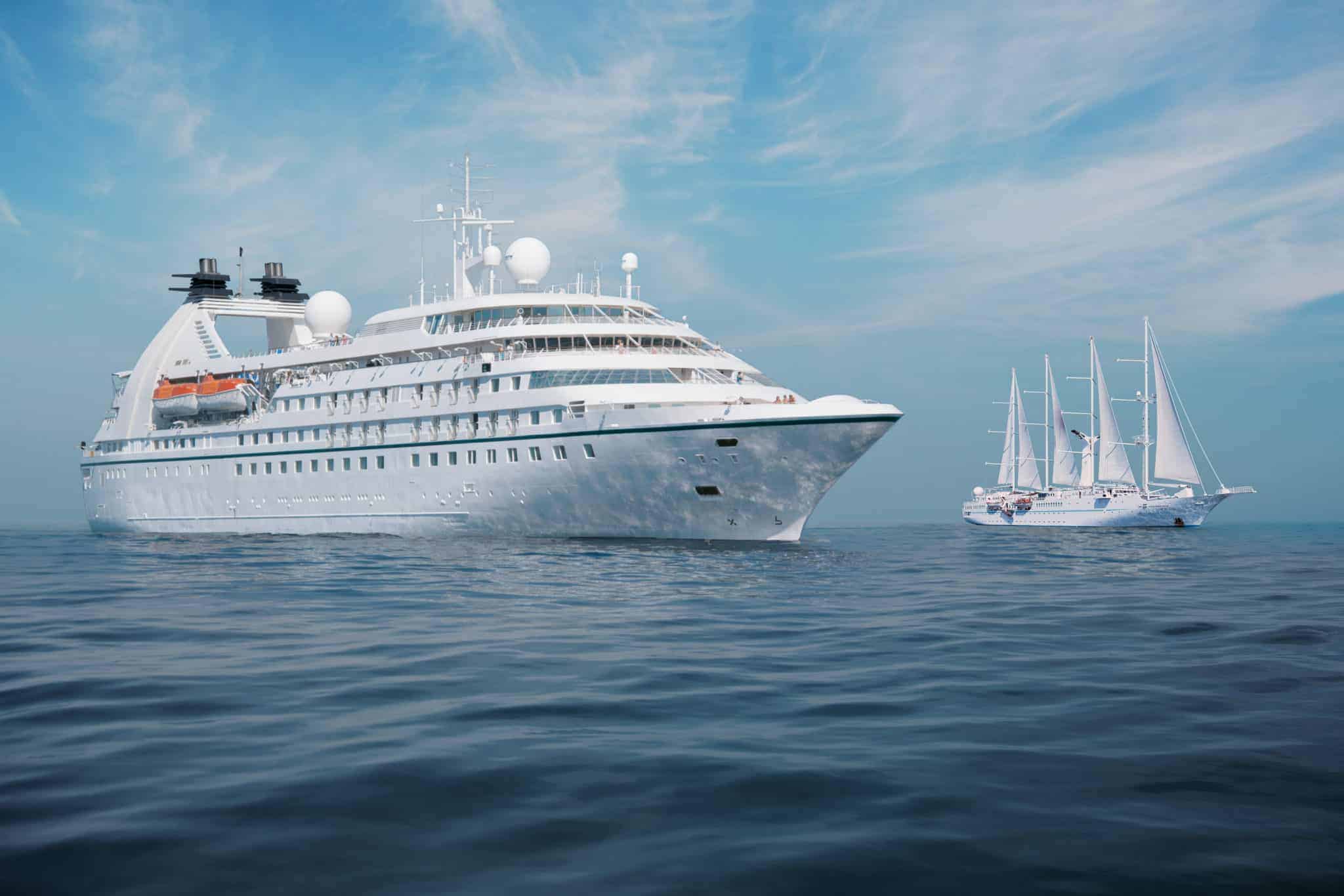
On a small ship, the ratio of crew to guests is higher. That means service feels personal. A bartender remembers your drink order by the second night.
Staff quickly learn names and preferences. The difference is not luxury for its own sake, but comfort that feels human. There are no 30‑minute lines at the buffet or crowds around every pool chair. Boarding and disembarkation take minutes instead of hours.
Comfort also comes from design. Ships with fewer cabins are easier to navigate, and guests often say the whole vessel feels like a floating club or private retreat.
It is easier to meet fellow travelers, which creates a friendlier onboard atmosphere compared to the anonymity of a 5,000‑passenger resort ship.
Access to Ports the Giants Cannot Reach
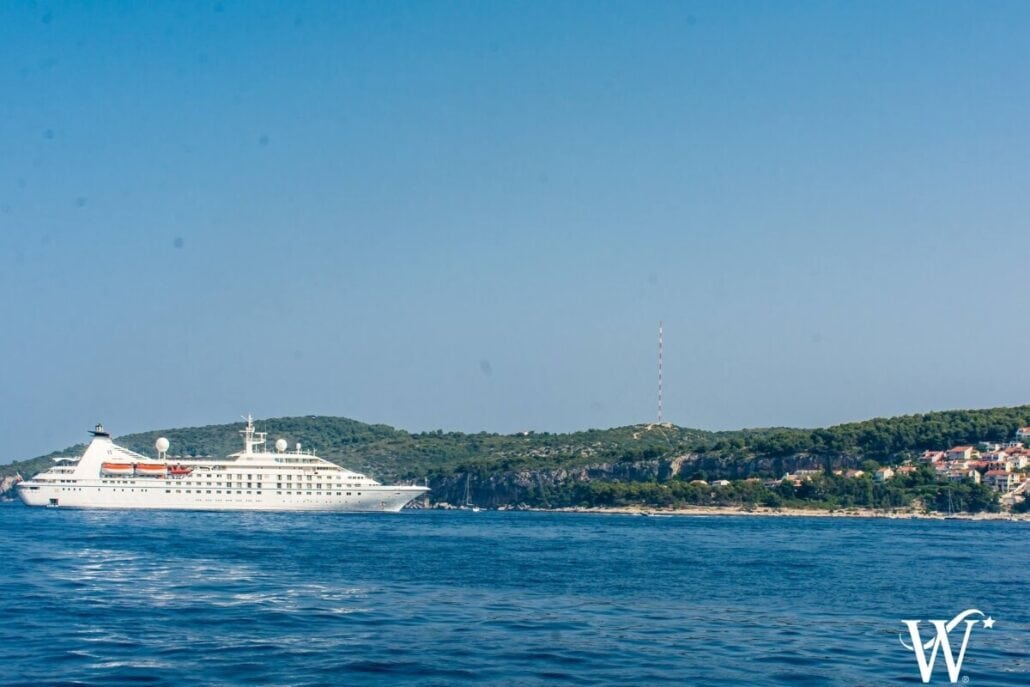
The size of the ship directly influences where it can go. A 200,000‑ton vessel cannot sail into the narrow fjords of Norway or dock in the heart of Venice.
Smaller ships, like Azamara Quest with space for around 710 passengers, can tie up at smaller piers and reach towns where large vessels are banned or restricted. This means more time in the destination itself instead of long bus rides from industrial harbors.
Consider these examples:
- Windstar’s Star Pride takes just over 220 guests and regularly calls at hidden Mediterranean harbors where only yachts can anchor.
- SeaDream I and II feel like private yachts with about 112 guests each, visiting tiny Caribbean islands far off the mainstream circuit.
- UnCruise Adventures runs expedition ships for 22 to 88 guests in Alaska, letting travelers kayak or hike straight from the ship.
For travelers who value immersion, this flexibility is a strong advantage. It makes the journey more about discovery and less about logistics.
A Growing Fleet of Luxury and Expedition Ships

Data from Cruise Lines International Association (CLIA) shows steady growth in the small‑ship segment. In 2010, fewer than 30 vessels in the ultra‑luxury category were in service.
By 2024, the number had climbed close to 100, with more new builds announced through 2028. Demand keeps rising, especially for itineraries that combine luxury with remote destinations like Antarctica or the Galápagos.
Some notable ships in this category include:
- Oceania Vista and Allura — each under 1,200 guests, focused on fine dining and stylish interiors.
- Regent Seven Seas Splendor — 746 guests, famous for its spacious suites and all‑inclusive service.
- Saga’s Spirit of Discovery — just under 1,000 guests, with balconies in every cabin.
This trend is not about downsizing experiences. It is about upgrading them by offering more space per passenger, more attentive service, and itineraries unavailable to larger vessels.
Onboard Atmosphere and Service
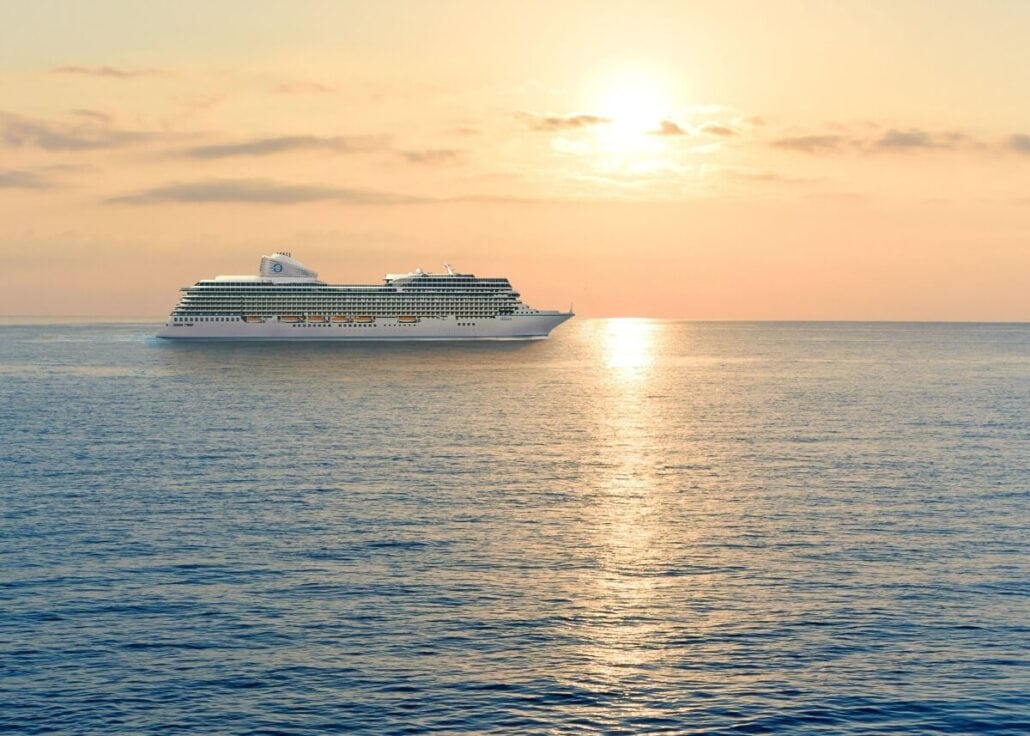
Travelers often compare small‑ship cruising to staying in a boutique hotel. Instead of endless activities designed to occupy thousands, the entertainment program is selective: wine tastings with local vintners, lectures from naturalists, or small concerts.
READ: 9 Best Cruise Lines for Adults
Dining feels closer to high‑end restaurants than banquet halls. Because the scale is smaller, chefs can focus on quality rather than mass catering.
A few clear benefits stand out:
- Faster boarding and smoother operations at every stage of the trip.
- Easier interaction with crew and fellow passengers.
- More meaningful enrichment programs and destination‑focused events.
Together, these details create a sense of community on board. Guests often leave having formed friendships, which is less common on a floating city of several thousand.
Environmental Considerations
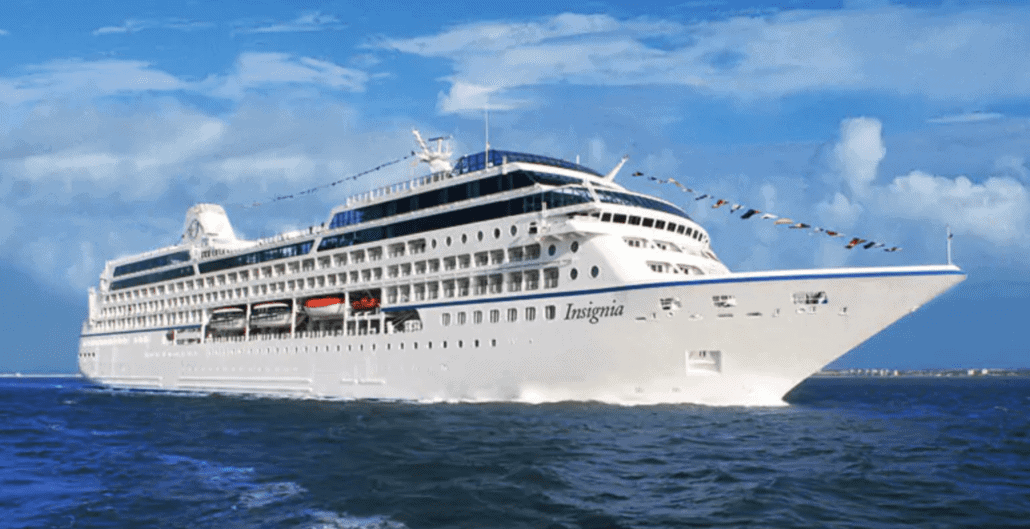
Sustainability is another factor behind the appeal. Many small ships use modern fuel‑efficient engines, hybrid technology, or even sails to reduce emissions.
Operators highlight their smaller footprint in sensitive regions like the Arctic or Galápagos, where strict rules limit the number of visitors. While no cruise is impact‑free, a vessel with under 200 passengers creates less strain than one unloading thousands at once.
Companies also experiment with local sourcing. Some menus feature ingredients bought directly in port, cutting transport emissions and giving guests a taste of regional cuisine.
The effort may seem minor on its own, but combined with responsible itineraries it improves the overall balance between tourism and preservation.
Why the Renaissance is Here to Stay
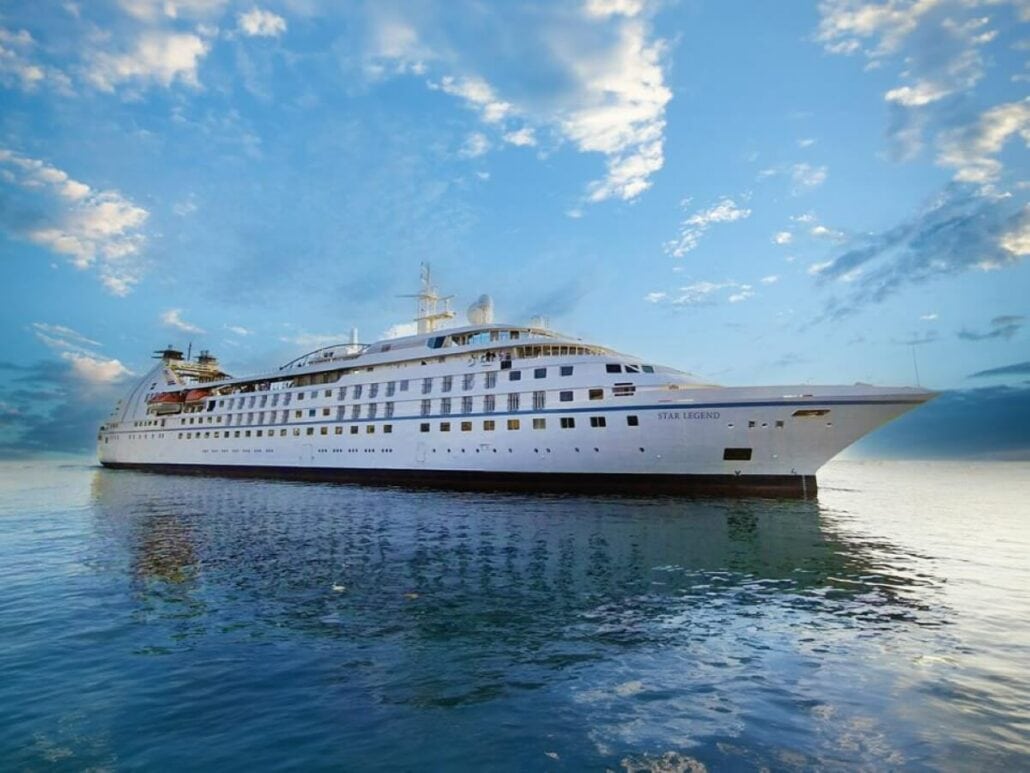
Small‑ship cruising is not a niche anymore. According to industry estimates, more than a million travelers will choose these vessels annually within the next few years.
The appeal lies in a mix of practical and emotional factors: less time in lines, more authentic ports, higher service levels, and lower environmental impact.
For those used to mega‑resorts, switching to a 700‑guest liner may feel like stepping into a different world. For newcomers to cruising, it often sets the standard of what travel by sea can be when comfort, discovery, and connection matter more than scale.
The renaissance of smaller ships reflects a broader shift in how people want to spend their time and money: fewer crowds, more meaning.
Trip Report: Crossing the Arctic Circle on Viking Ocean


